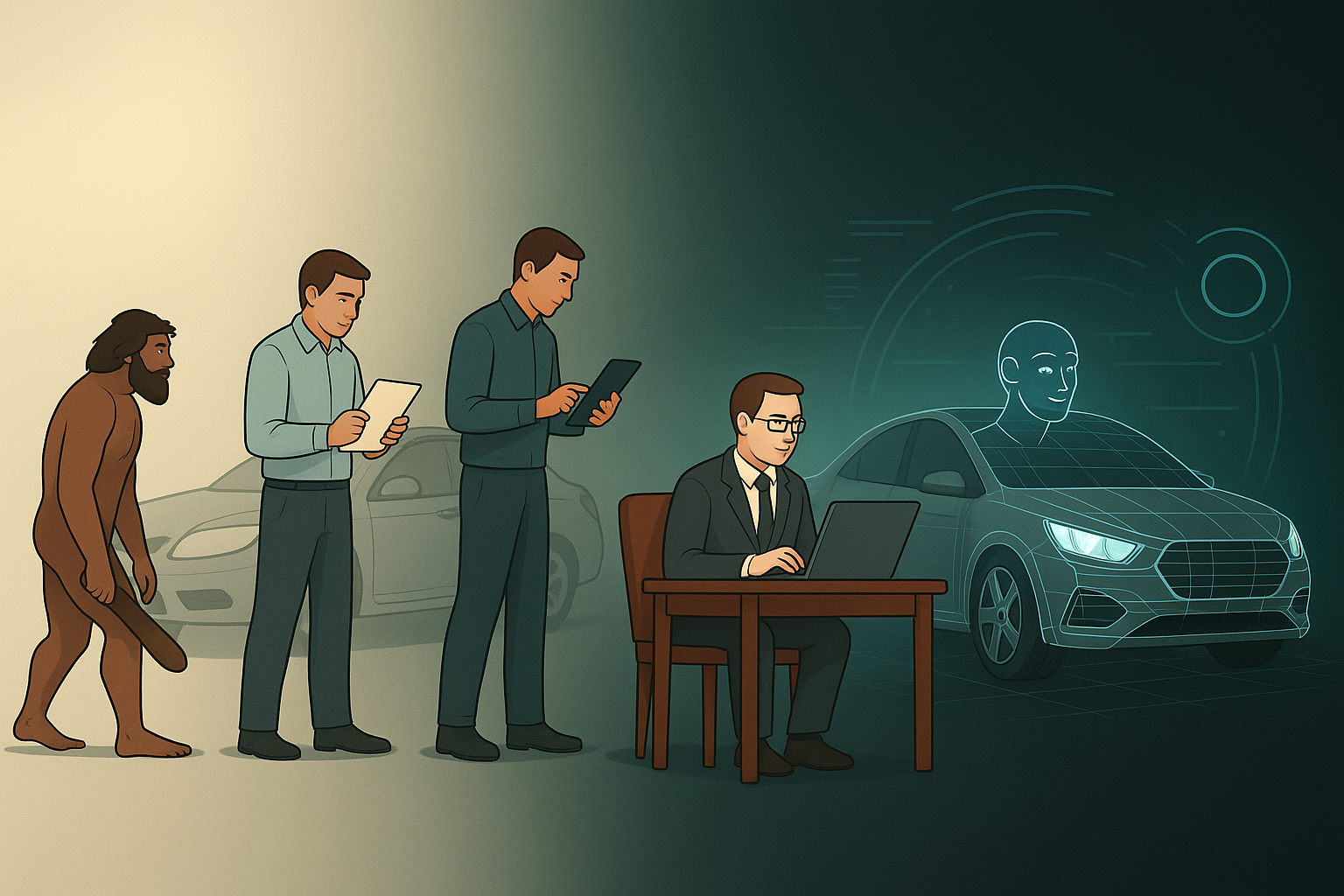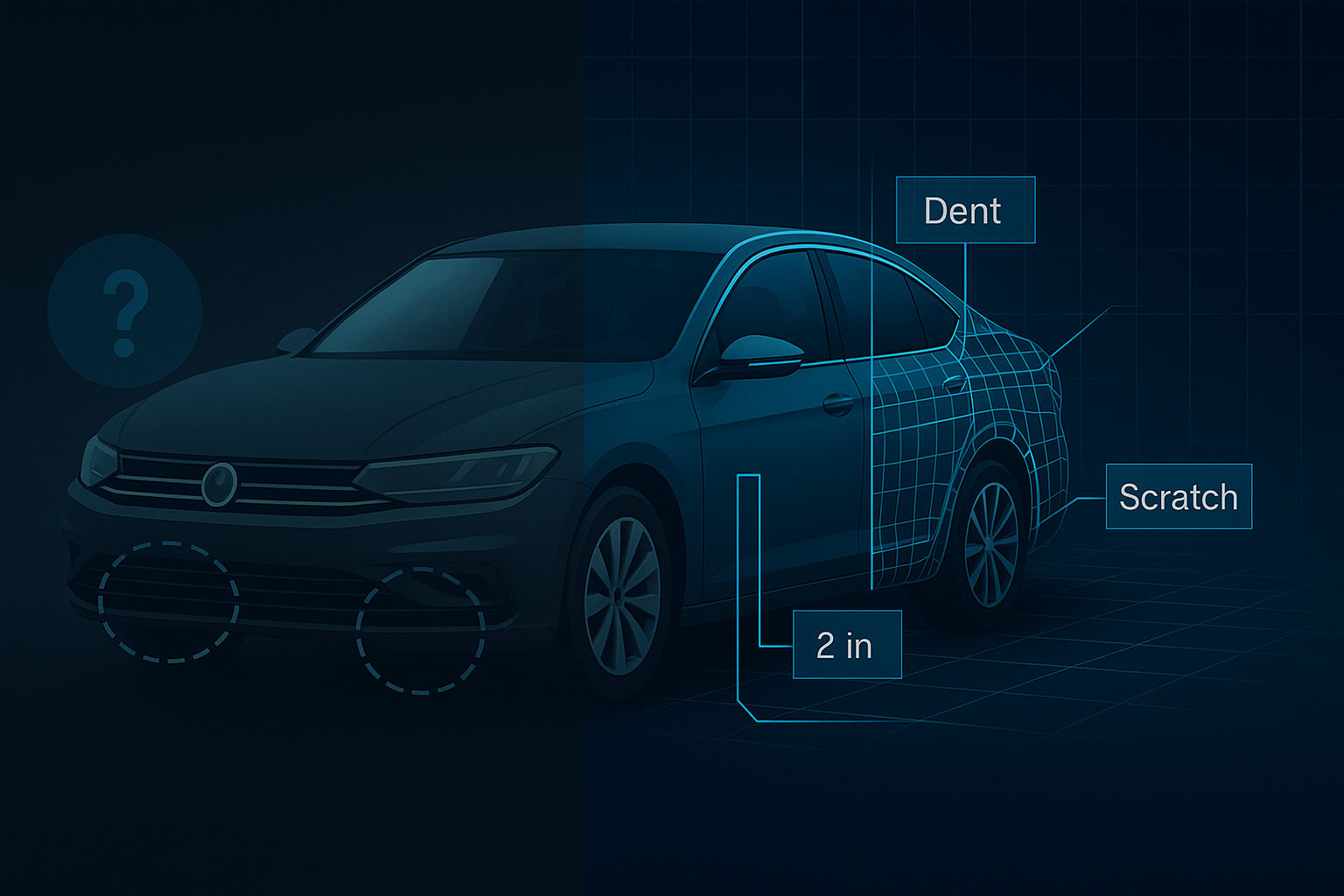Introduction
Artificial intelligence (AI) can help professionals inspect vehicles more efficiently and quickly by using machine-learning algorithms and analyzing large amounts of automotive market data. Here's how AI can improve vehicle inspection by assisting humans.
AI for vehicle image analysis
Deep learning algorithms, such as convolutional neural networks (CNNs), can be trained to detect and analyze body defects from photos of a vehicle. Data can be captured using cameras or smartphones, providing complete coverage of the vehicle's surface. AI is able to identify defects such as scratches, dents, cracks, missing parts and other aesthetic or structural problems.
Comparison of AI with 3D models
AI systems like Tchek's can use accurate 3D models of a vehicle's bodywork to compare captured images and identify discrepancies and anomalies. These 3D models are created using computer-aided design (CAD) data or by scanning existing vehicles. AI can detect subtle differences between the images and the 3D model, enabling defects to be spotted that might be difficult to see with the naked eye.

AI damage classification
Once defects have been detected, AI can classify them according to their severity, type and location on the vehicle. This classification facilitates decision-making on necessary repairs, and enables vehicle owners, insurance companies and repair shops to understand the extent of the problems to be solved.
Automatic repair cost estimation
AI can be used to estimate repair costs for identified defects. Based on standard repair costs or taking into account customized price matrices, AI can provide an accurate estimate of the cost of repairs. This enables stakeholders to make informed decisions about repairs and insurance claims.
Tracking and documentation
AI systems can facilitate the tracking and documentation of body inspections by automatically recording relevant data and generating detailed reports for customers, insurance companies and repair shops. These reports can include annotated images, defect descriptions, cost estimates and recommendations for necessary repairs.
AI to assist inspectors
AI can also guide human inspectors, providing real-time recommendations and advice on which areas to inspect and which defects to look for. Using wearable devices such as the Tchek app, inspectors can receive real-time information from AI, improving their efficiency and accuracy.
Conclusion
In sum, AI can significantly improve the vehicle body inspection process by increasing accuracy, reducing human error, saving time and facilitating communication between stakeholders.





